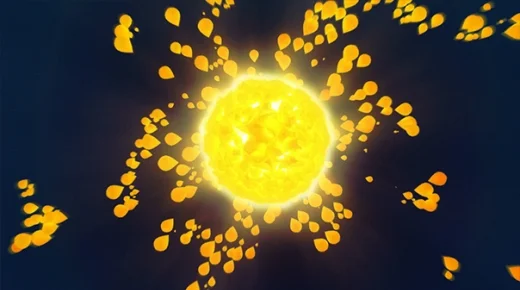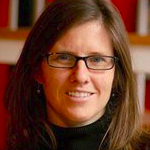An abundance of high tech devices--year-old mobile phones abandoned for the latest iPhone release, low-pixel digital cameras, too-slow gaming devices and other consumer electronics--get tossed into our local landfills every day. Most people don't realize that these tossed aside 'black boxes' have real potential. With a little hacking, they can become very useful tools with applications in new surroundings.
Interactivos?'09 Medialab Prado, held in Madrid, is a workshop dedicated to garage science and founded on the concepts of collaboration and sharing. At the conference two years ago, Andy Gracie, Marc Dusseiller, and Yashas Shetty together investigated the field of garage astrobiology with several days of intensive experimentation and discussions. Andy Gracie, a British artist based in Spain, was interested in exploring the artistic aspect of working with microorganisms such as tardigrades and nematodes. Dusseiller and Shetty were also interested. Working together, the three discussed art-science collaborations, the DIY biology movement, open source culture, and concluded there was a lack of easy access to information that allowed artists to work with living systems.
“We thought that a lot of the art and science stuff was too academic and not accessible to the geek artists and, at the same time, the DIYbio was too geeky and not critical or artistic enough,” said Dusseiller.
To fill these gaps, the trio created Hackteria.org. Hackteria is a community platform that brings together a diverse group of scientists, hackers, and artists interested in developing useful hacked lab gear and working on other projects that involve bioexperimentation, open source software, and electronic experimentation.
The goal of the platform was originally to be an online resource, but they soon learned they had identified a need for a hands-on approach to simple, affordable, and do-able biological techniques. So workshops soon became an integral part of the platform.
Early on, Hackteria demonstrated how to modify a simple webcam to turn it into a microscope. “We did a microscope workshop in Indonesia with medical students and saw that this could be a very practical and affordable tool for under-resourced scientists.”
Now, the group's standard workshop involves the making of a USB video microscope. Duseiller says, “Participants are genuinely excited about accessing a world and a scale that they have never had access to before. Its always interesting to see how transfixed people become when they see micro-organisms for the first time with a device they have built themselves.”
In its two short years, Hackteria has seen participants hack DVD burners to make scanning tunnelling microscopes (STM), use cheap easy-to-come-by materials to build a hydrometer, develop an Arduino shield for growing cress, build a nematode tracker hacked from an optical mouse, and design diagnostic devices combining microfluidic disc-platform with CD or DVD readers.
Sound interesting? Take a look at hackteria.org. Then open up that closet filled with tossed-aside tech devices and give them a new life. Sometimes literally.






1 Comment